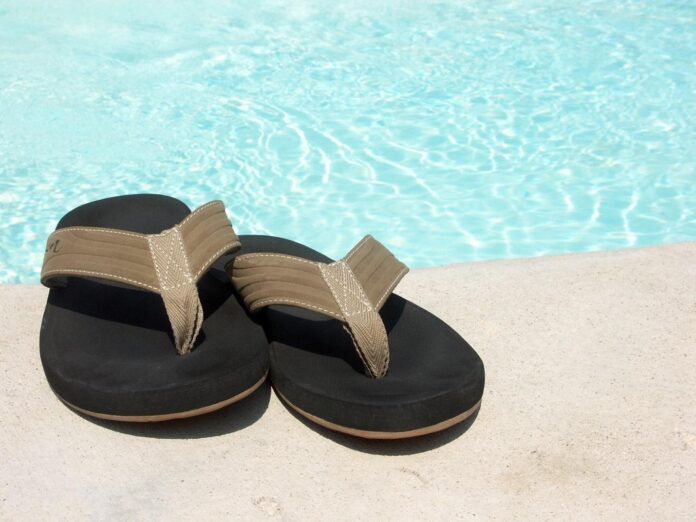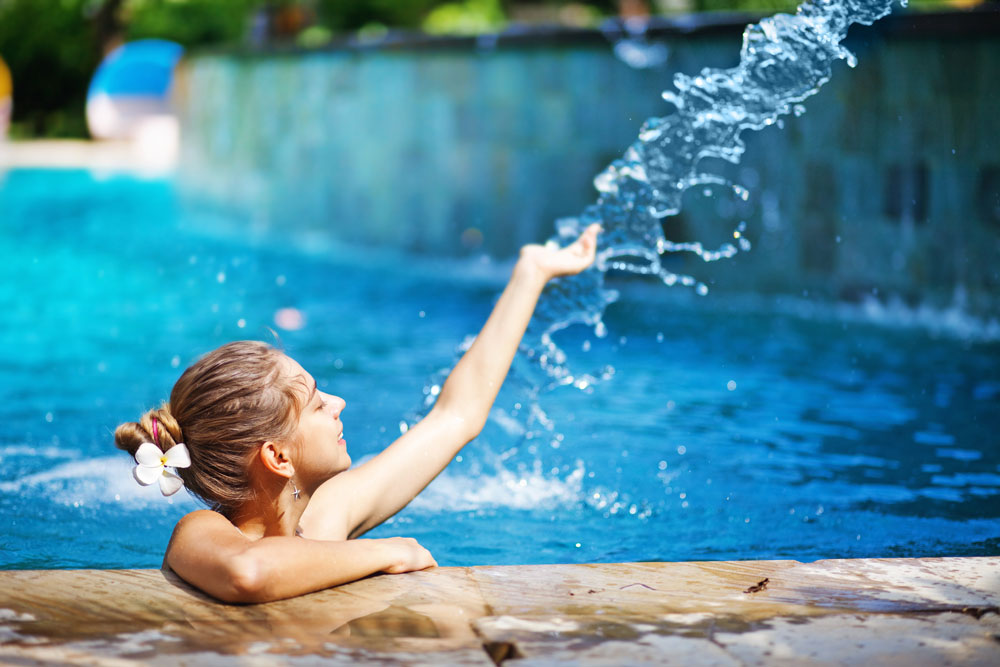Having a swimming pool is like a dream come true. But it can turn into an utter nightmare with a poor maintenance routine. That is why you need a basic understanding of how to maintain your Orange County pools and keep the water clean indefinitely. You would be needing a range of pool equipment and chemicals accompanied by a proper schedule for the regular upkeep. Remember cleaning the pool is a consistent process, meaning you have to repeat certain chores regularly to ensure a clean and safe swimming experience. Here we have rounded up all the essential knowledge you need to pull this off successfully. So, read on to find out more.
Maintenance Guide for Your Orange County Pools
1. Start with A Skimmer
Seeing floating leaves, debris, and dead bugs in your Orange County pools comes with an urge of removing them. For this, you need an elongated tool to toss them all out — a skimmer, which is a net attached to a long pole. It comes in all shapes and sizes, allowing you to choose as per the dimensions of your Orange County pools. The net on the one end helps you scoop out visual debris instantly, but it doesn’t work for anything smaller than the mesh.
2. Use A Leaf Netting
Skimming off repeatedly every time you see a tiny leaflet floating on the surface could be tiring, especially when you have greenery around. It would be better to stop the bigger pollutants from ever entering into the water by using a leaf netting.
It will completely cover your pool, thereby preventing the leaves, branches, and other big contaminants from polluting the water. This measure will surely cut your work in half. Plus, you can also use the netting during the offseason so that your Orange County pools remain free from debris.
3. Pool Water Filtration System
Without an effective water filtration system, you cannot hope to achieve a high level of cleanliness. That is because the filter is for the pool what kidneys are for our body — they eliminate the dirt and other impurities from the water, making it swimmable and relatively safer.
Now, the question is how long should the filter system run? Ideally, 24 hours and 7 days a week. But that would cost you a fortune and you might not be able to afford a pool anymore. Therefore, at a bare minimum, you should run them 12 hours daily to ensure optimum results.
4. Vacuum the Water
If you have a powerful vacuum, you may skip the skimming part. These machines are incredibly powerful and are engineered to clean the pool water within minimum human input. Sounds pretty convenient, right? These machines push the water through various mesh screens, having variable micron size, and discard out even the smallest sediments.
Use them as a regular vacuum cleaner and move over and under the water surface to suck the tiny pollutants. Make sure you clean the floors as well because that is where the algae usually bloom.
5. Use Chlorine to Disinfect
Sand and debris aren’t the only enemies here. You have bigger concerns like bacteria, viruses, and other disease-carrying pathogens that can prove detrimental to our health. As they are microscopic, your regular filters and vacuums are useless against them. So, how can we defeat these tiny organisms which we cannot even see? The answer is simple; by using a disinfectant. But you need something that kills off the germs but keeps the water harmless for the human body.
Chlorine is the best-known swimming pool disinfectant, which isn’t harmful to human skin. In water, it generates hypochlorous acid that destroys 99% of microorganisms from the pool water.
6. Maintain an Alkalinity Level
Water doesn’t react with our skin because it is natural, having a pH level between 7.2 to 7.6. But external conditions sometimes shift the neutrality and makes the water slightly acidic or basic. That is why sometimes the water tastes funny and irritates your skin.
If the value has reduced than the normal range, use baking soda to elevate the alkalinity. On the other hand, for alkaline water, use moderate acids. This will help keep the water within the safe pH level while killing off most of the germs.
7. Always Maintain A Certain Water Level
Sun radiation is not only harmful to your skin but also to the surface of your Orange County pools. That is why experts recommend never leave the swimming pool empty. The water will deflect and absorb the effects of the high-intensity sunrays.
8. Use Shock Treatment for Green Water
Pool maintenance isn’t an easy job. Sometimes, you can’t help but leave the water unattended. You might have already noticed that negligence gives rise to green slime in the water — algae. It spreads like wildfire, especially during the warm weather, making the water not suitable for swimming. Once it takes over your Orange County pools, it will take great effort to restore the cleanliness. Your only hope is to shock the water — introduce a large quantity of chlorine repeatedly. The disinfecting nature of chlorine will not only kill the present algae but will also stop the spread.
9. Use Granular Chlorine for Stains
Once you have gotten rid of algae, you are left with stained flooring and walls, which feels gross. You would need to get rid of them to enjoy the ultimate swimming experience. Regular methods might work against most of the stains, but the areas with high-algae concentration will be harder to deal with. No matter how many times you scrub the stains won’t go away unless you break the bonds of the green substance-using chemicals. Use granular chlorine over the interested area and scrub again. This time, the stains will come off relatively easier.
10. Cover the Pool During Winter
If you are done swimming for the season, it is time to preserve your Orange County pools for the next season. To ensure that it will last that long, you need to cover the surface for protection. Use a thick fabric to hide the flooring and walls, so that it remains safe from solar radiation as well as accidents.





















